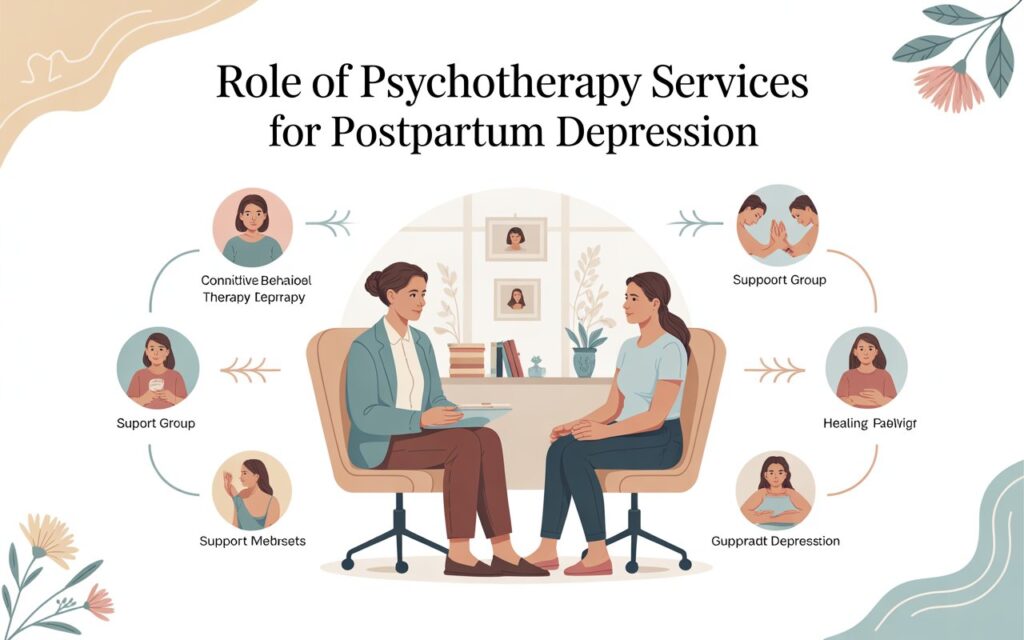Does knee pain cause sciatica, or does sciatica cause knee pain? This is a common question for people experiencing discomfort in their lower back, legs, or knees. These symptoms can often overlap, making it difficult to understand which condition is the root cause.
In this blog, we’ll explore how knee pain and sciatica are related, how to tell them apart, and what treatment options are available to help you find relief.
What Is Sciatica?
Sciatica refers to pain that originates in the lower back and travels down the sciatic nerve, which runs through the buttocks, thighs, and down to the legs and feet. It’s usually caused by:
-
A herniated disc
-
Spinal stenosis (narrowing of the spine)
-
Piriformis syndrome
-
Degenerative disc disease
Sciatica can affect one or both legs and often feels like burning, shooting pain, or tingling along the nerve pathway.
Can Sciatica Cause Knee Pain?
Yes — sciatica can cause knee pain, although the pain doesn’t start in the knee itself. Instead, it’s referred pain from the sciatic nerve being irritated or compressed.
🔹 Here’s how it works:
-
The sciatic nerve branches into smaller nerves that serve areas of the hip, thigh, knee, and lower leg
-
When the nerve is irritated near the spine, the signal of pain may be “felt” in the knee area, even though the knee is not injured
-
This is known as radiating or referred pain
So, if you’re asking “can sciatica cause knee pain?” — the answer is yes. The pain may be sharp, burning, or even cause weakness or numbness in the knee or surrounding muscles.
Symptoms of Sciatica-Related Knee Pain
If your knee pain is caused by sciatica, you might also notice:
-
Pain that starts in the lower back or buttock
-
Numbness or tingling in the thigh or calf
-
Difficulty bending or straightening the leg
-
A “dead leg” or weak feeling when standing
-
Pain that worsens when sitting, coughing, or sneezing
These are strong indicators that the sciatic nerve is involved, rather than the knee joint itself.
Does Knee Pain Cause Sciatica?
Now let’s flip the question: Does knee pain cause sciatica?
The answer is: not directly. However, knee problems can contribute to sciatica-like symptoms in certain ways.
🔹 Indirect connections:
-
Altered posture or gait:
If you’re dealing with chronic knee pain (from arthritis, injury, or instability), you might walk differently to avoid discomfort. This can strain the lower back and pelvis over time, potentially irritating the sciatic nerve. -
Muscle imbalances:
Weak or overcompensating muscles from knee injuries can affect the glutes, hips, and back, leading to nerve compression or irritation. -
Overuse or compensation injuries:
Favoring one leg due to knee pain might overwork the other side of your body, causing issues in the lower back or piriformis muscle, which can contribute to sciatic pain.
So while knee pain doesn’t cause sciatica directly, it can contribute to conditions that may trigger or worsen sciatic symptoms.
How to Tell the Difference Between Sciatica and Knee Problems
It can be tricky to figure out whether your knee pain is from sciatica or an issue in the knee joint. Here’s how to differentiate:
| Symptom | Likely Sciatica | Likely Knee Problem |
|---|---|---|
| Starts in lower back | ✅ Yes | ❌ Unlikely |
| Sharp, burning leg pain | ✅ Common with sciatica | ❌ Rare |
| Knee instability | ❌ Rare | ✅ Common in arthritis or ligament injury |
| Tingling/numbness | ✅ Often present | ❌ Not typical |
| Pain worsens when sitting | ✅ Common | ❌ Usually improves at rest |
| Swelling in knee | ❌ Unlikely | ✅ Often seen in joint issues |
Diagnosis: Identifying the Root Cause
To determine whether your pain is from sciatica or the knee itself, a doctor may perform:
-
Physical exam (checking strength, reflexes, and range of motion)
-
MRI or CT scan (to assess discs, nerves, and spine)
-
X-rays (to evaluate the knee joint)
-
Nerve conduction tests (if nerve damage is suspected)
Getting the right diagnosis is key, especially when deciding whether to treat the spine, the knee, or both.
Treatment Options for Sciatica and Knee Pain
🔹 If sciatica is causing knee pain:
-
Physical therapy (to strengthen the core and reduce nerve pressure)
-
Anti-inflammatory medications (NSAIDs like ibuprofen)
-
Hot/cold therapy
-
Stretching and low-impact exercises
-
Epidural steroid injections (in severe cases)
-
Surgery (only if nerve compression is severe and doesn’t respond to other treatments)
🔹 If knee issues are contributing to sciatica:
-
Address underlying knee conditions (e.g., arthritis, meniscus tear)
-
Use orthotics or braces to improve alignment
-
Improve posture and gait mechanics
-
Correct muscle imbalances through guided exercises
Preventing Sciatica and Knee Pain
To lower your risk of developing sciatica or knee-related pain, try the following:
-
Exercise regularly — focus on flexibility and core strength
-
Maintain a healthy weight to reduce joint and spine pressure
-
Practice good posture, especially if you sit for long hours
-
Stretch your hamstrings, hips, and lower back regularly
-
Use proper footwear to support knees and spine alignment
✅ Key Takeaways
-
Can sciatica cause knee pain? Yes — pain can radiate from the lower back to the knee through the sciatic nerve
-
Does knee pain cause sciatica? Not directly, but knee issues can affect posture and muscle balance, leading to nerve strain
-
Symptoms like tingling, burning, or radiating pain suggest sciatica, while joint swelling or instability points to a knee problem
-
Getting an accurate diagnosis is essential to treat the correct root cause
✅ Final Thoughts
So, does knee pain cause sciatica or can sciatica cause knee pain? While knee pain is unlikely to cause true sciatica, it can contribute to the development of it over time. On the other hand, sciatica commonly causes pain that radiates into the knee, and understanding that connection can help you take the right steps toward relief.
If you’re experiencing chronic knee or leg pain, don’t guess — talk to a healthcare provider to get the right diagnosis and a personalized treatment plan.









